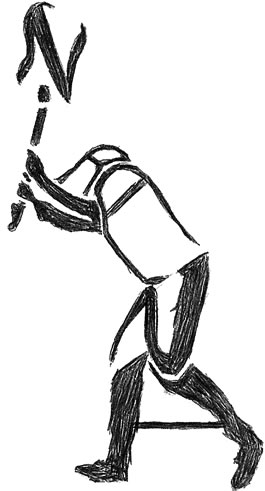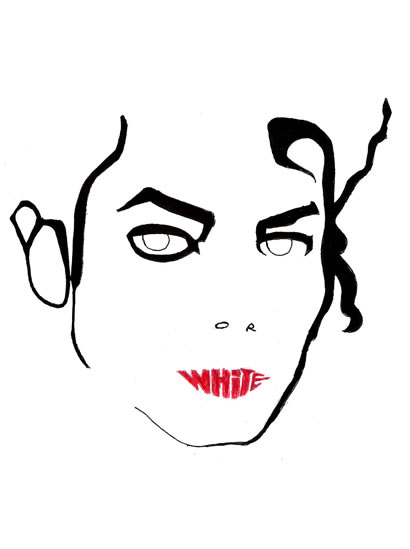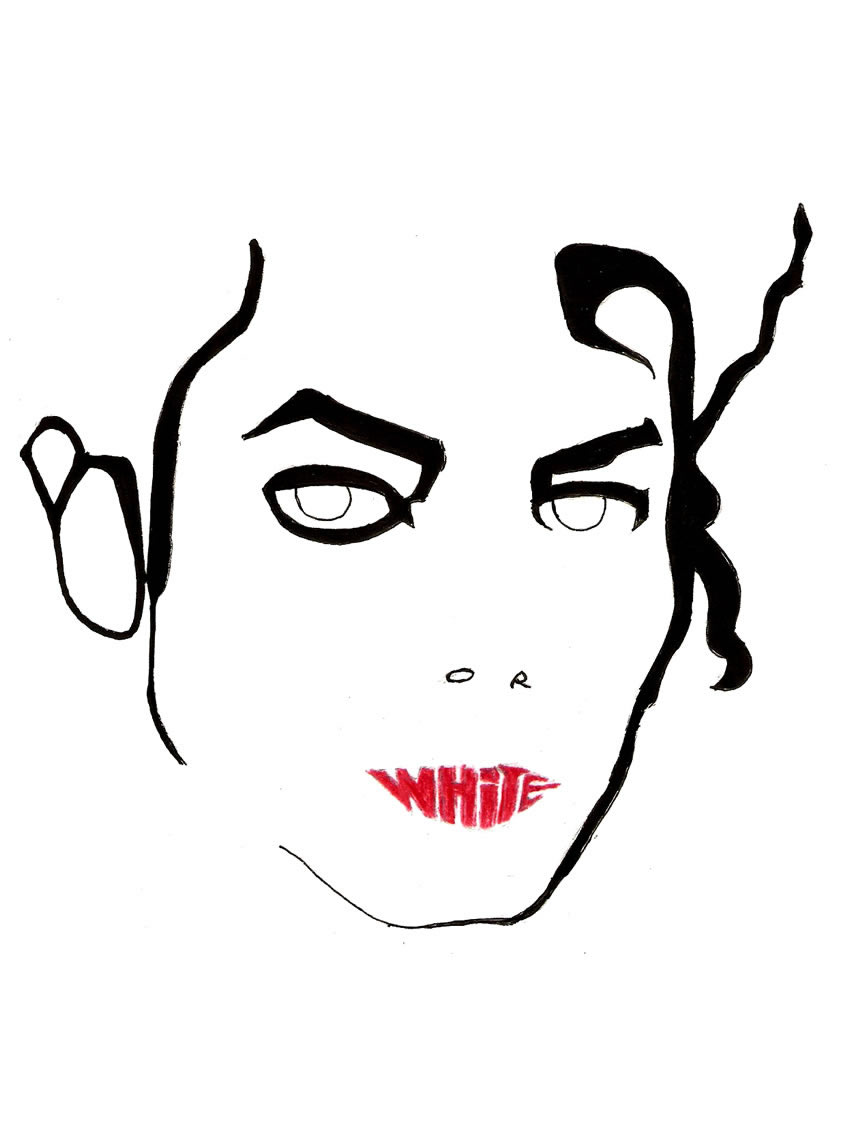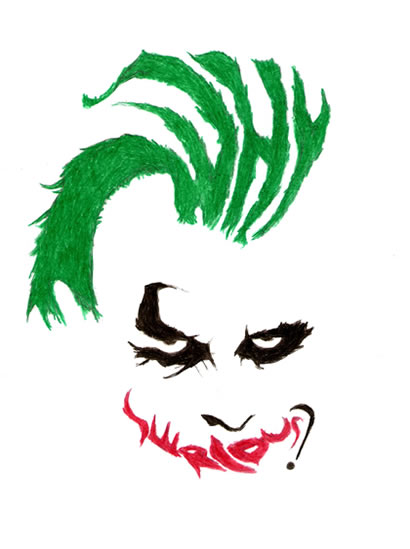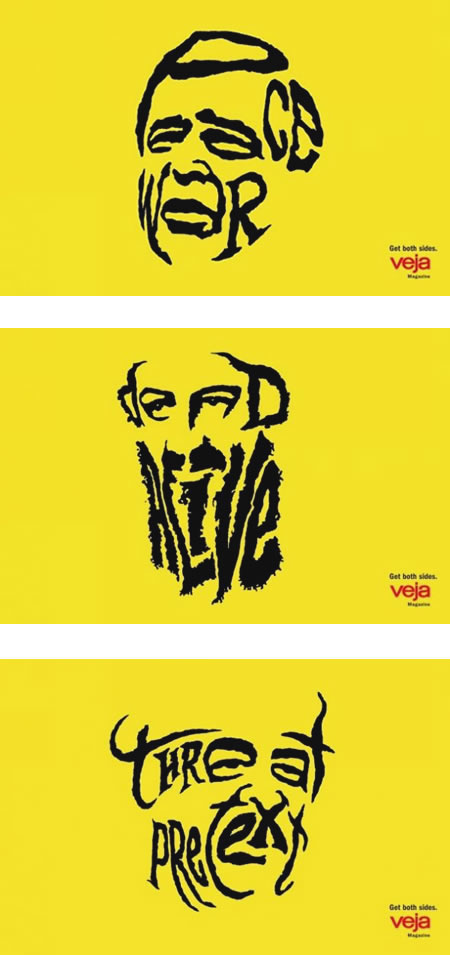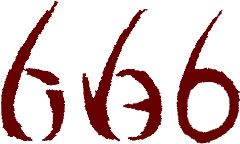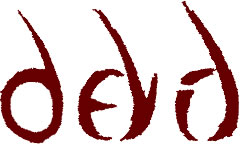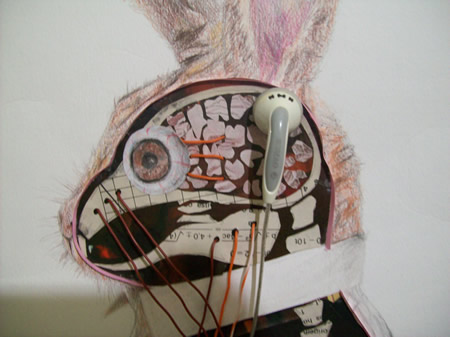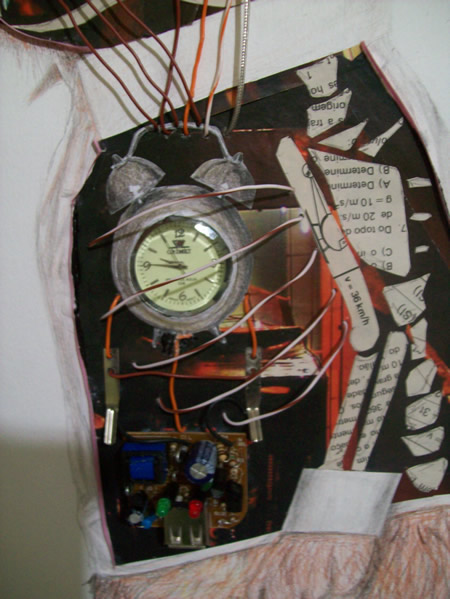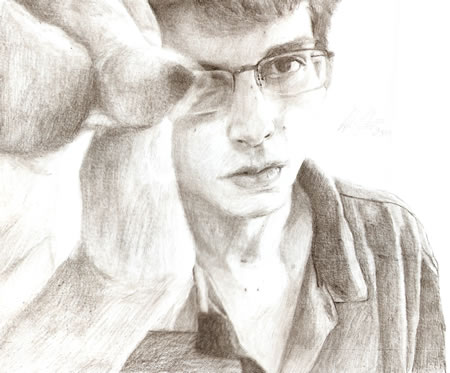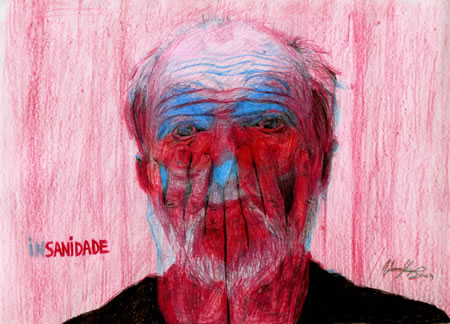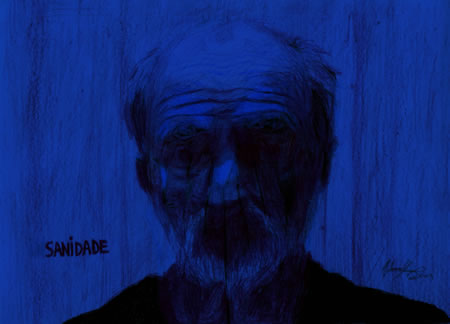Some people said that my late productions on the matter of ambigrams (like Why So Serious? and Nirvana) may be misclassified, for they may not really be called “ambigrams”. I believe my classification is correct. I’ll argue it, but I’ll also bring up some questions and expose the great problems of trying to define what an ambigram is indeed. I’m writing this post in portuguese and english because I’d like to hear the opinion of other ambigramists, and most of those I’ve seen were foreigner and english speakers (although not always as native language), like Nagfa, maybe even John Langdon(for those who don’t know, he’s who made the ambigrams for the book/movie Angels and Demons).
Let’s begin with the literal meaning of the word. Ambi- means “both”, “two at the same time” (see words like ambidextrous, ambiguity…), and -gram means “reading”, “letter”, “written text”, “register” (see words like grammar, anagram, electroencephalogram…), so the word means “two readings at the same time”. To some people therefore it seems obvious that ambigrams only involve letters and/or words, because those people associate “reading” with things written in verbal language, but the fact is that you can “read” non-verbal things. Everything which have a language (visual language, sound language, body language…) can be read, interpreted.
That’s the problem. My sister even joked saying that I call everything “ambigram”… She said that if I saw a transvestite I would say it is an ambigram, that if I saw an ornithorhyncus I would say just the same =D… It’s truly complicated. Can’t Arcimboldo‘s paintings be called ambigrams? And Rubin Vase and some Salvador Dalí paintings? This is the moment someone gets up from his chair and says “Wait, these have a name already! They’re optical illusions!”. Bingo. They’re optical illusions indeed, but the fact is that the concept of ambigram, under my perspective, goes far beyond this of optical illusion. Musics that say different things when played backwards, for instance, would be ambigrams. However, a food that has cold stuff and hot stuff, or sweet stuff and salted stuff, wouldn’t be an ambigram, once ambigram is a single thing that has “two readings at the same time“, even if those readings are not perceptible at the same time.
I think it’s time to enunciate the definition I purpose. “Ambigram is every element that, without having it’s content altered, can be knowingly perceived in two or more different forms by at least one of the human senses“. That would include from optical illusions to musics which make sense when played backwards, besides some other things that humans have not invented yet =P. I’d like to know what you do think about this definition
